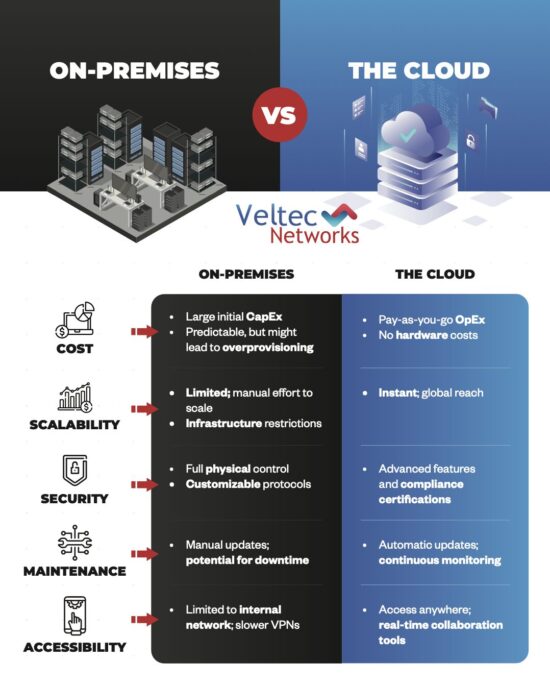CFOs Plan for Long-Term Remote Workforce
The COVID-19 pandemic forced industry leaders to shift workforces off-site to keep employees safe while maintaining productivity. Leaning on IT experts to enhance remote connectivity and deploy collaborative platforms such as Microsoft Teams was a matter of necessity. The ranks of remote workers have swelled substantially.
“The fraction of workers who switched to working from home is about 34.1 percent. Besides, 14.6 percent reporting they were already working from home pre-COVID-19. This suggests nearly half the workforce is now working from home,” according to an MIT study published in April.
But now that states are beginning to lift Stay at Home mandates and reopen the economy, the business landscape appears to be irrevocably altered. CFOs are not enthusiastic about reintegrating staff members to brick-and-mortar facilities. Recent polling data points to CFOs keeping remote IT infrastructure.

CFOs Embrace Post-COVID Remote Workforces
A recent Gartner study indicates that upwards of 74 percent of CFOs plan to keep work-from-home strategies in place.
“This data is an example of the lasting impact the current coronavirus crisis will have on the way companies do business,” Gartner Finance Practice vice president Alexander Bant reportedly said. “CFOs, already under pressure to tightly manage costs, clearly sense an opportunity to realize the cost benefits of a remote workforce. Nearly a quarter of respondents said they would move at least 20 percent of their on-site employees to permanent remote positions.”
There’s little doubt that the pandemic inextricably changed our live-work realities. Some industry leaders are calling work-from-anywhere an acceleration of an already growing trend. Statistics culled together by the online employment platform, Flex Jobs, indicate that remote work had increased by as much as 44 percent over the last five years and by upwards of 91 percent over the previous ten years.
There appear to be two ideological fronts driving the desire for permanent work-from-home positions—the first stems from the likelihood of future disruption. Until a vaccine has been developed, many fear coronavirus infections could spike again. The health crisis also delivered a rude awakening that Cloud-based networks are far more resilient in times of upheaval. CFOs, fulfilling their organization’s responsibilities, recognize substantial cost benefits.
Financial Benefits of Continuing Remote Workforces
The Gartner survey polled 317 CFOs, and one of the driving issues revolved around cost-cutting. Although leveraging remote infrastructure delivered business-saving productivity in many cases, the semi-shuttered economy impacted bottom lines. Savvy CFOs are keeping all options on the table to offset the impact of slowdowns, and remote workforces offer cash savings.
- 20 percent indicated they deferred facility-based technology expenditures
- 12 percent stated they planned to postpone on-premises technology spending
- 13 percent cut real estate expenses due to off-site employee strategies
- 9 percent said they planned to reduce real estate expenses based on remote productivity
“Most CFOs recognize that technology and society have evolved to make remote work more viable for a wider variety of positions than ever before,” Bant reportedly said. “Within the finance function itself, 90 percent of CFOs previously reported to us that they expect minimal disruptions to their accounting close process, with almost all activities able to be executed off-site.”
For organizations to reap the financial rewards of work-from-home productivity, enterprise-level IT infrastructure and cybersecurity will be the new necessity. Cloud-based systems can help companies seamlessly reduce costs and increase productivity in a safe and secure environment with top-tier IT support.
As a leading San Jose computer network security company, Veltec Networks stands ready to deliver enhanced workforce connectivity and proactive cybersecurity support. Contact us for a remote workforce consultation today.






